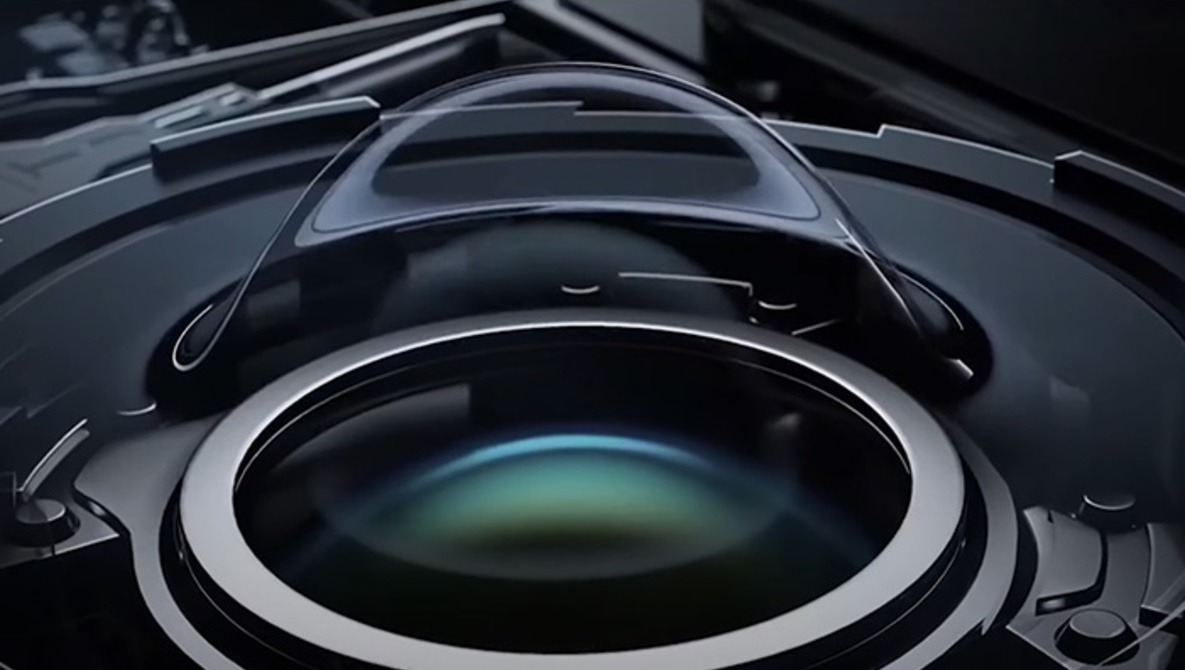Xiaomi recently teased a liquid lens for their newly announced Mi Mix smartphones. The liquid lens can change shape to change the focal length and focus to suit different applications. Is this the future of lens technology?
In this short video, Lew from Laterclips discusses some of the future potential of liquid lens technology based on a teaser released earlier this week by Xiaomi. A liquid lens works more like the human eye in that it changes shape to adjust focus and aperture rather than using motors to move heavy glass elements around in a tube. This technology is not a new idea; there are already industrial applications that use liquid lenses, such as fast machine vision on production lines.
A lens to rule everyone
The idea of a lens that can change shape is an exciting prospect for any photographer who has been carrying a heavy bag of lenses around for a long time; the idea of one lens that can do everything is surely the dream of everyone who has to change lenses regularly in adverse conditions.
I probably find myself a little overwhelmed; After all, Xiaomi is a smartphone business, not a camera business. But we can dream, right?
The claim is that this technology will eventually be used to enable smartphones to have one camera with a liquid lens instead of the large camera arrays with multiple lenses and sensors we see in the current range of flagship- slimfone. This will make cheaper devices possible by having a single image sensor or the possibility for larger sensors on smartphones, which can have major benefits in image quality. As with most new technologies, software and implementation will be the key to how useful this technology can be.
When will we be able to use a smartphone camera with a liquid lens?
The new Xiaomi Mi Mix Fold was announced on March 31, 2021. It is claimed to be the first smartphone with a liquid lens in its camera setup. That’s right, a folding smartphone with a liquid lens. We are really living in the future.
Unfortunately, for many of us, this phone is not available in Europe or the US. The Xiaomi Mi Mix Fold features an 8 megapixel ‘bionic’ camera that uses a liquid lens powered by a motor that uses precision manipulation on the packet of fluid to switch between 3x telephoto zoom and macro switch that focuses densely to just 3 inches. This liquid lens reportedly works in temperatures ranging from -40 degrees to 60 degrees Celsius (-40 to 140 degrees Fahrenheit), so it should work well wherever you can use a smartphone.

Interestingly, despite claims that this technology would replace large camera systems, the Mi Mix Fold still contains a camera set of three cameras. The primary camera is a 108-megapixel Samsung sensor with a 13-megapixel ultra-wide camera underneath, in addition to the liquid lens camera. Whether Xiaomi did not yet have complete confidence in the technology, or that they wanted to be the first one on the market, is not clear. Without getting hold of the phone, those of us in the West will have to wait until similar technology moves to phones in our region before we can see firsthand how it performs. It is still an exciting piece of technology like nothing else.
What do you think of liquid lenses? Do you think that liquid lenses will eventually move to professional cameras?
Let me know in the comments.
